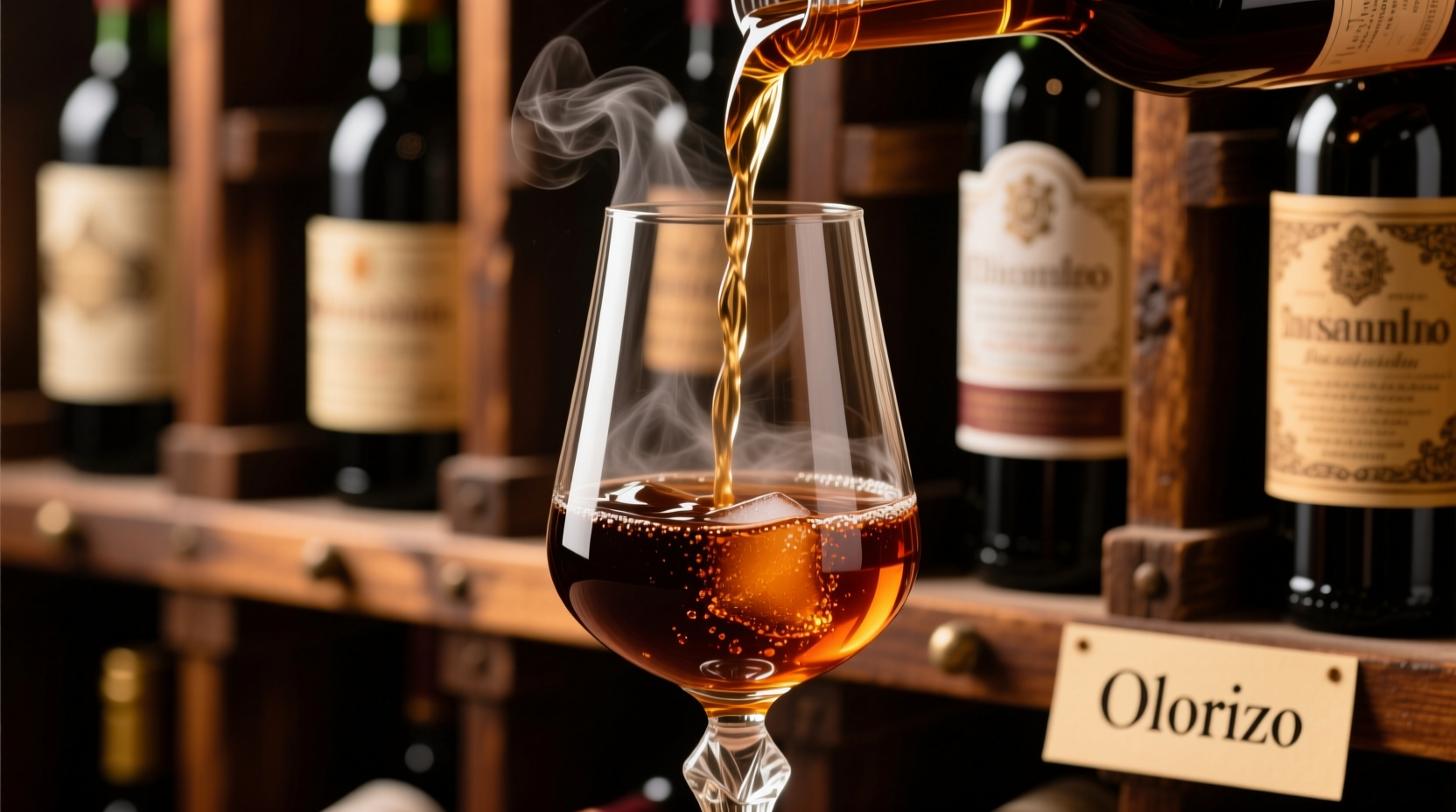Ever wondered what gives sherry its distinctive character? As someone who's spent years exploring European wine traditions, I've discovered that sherry's taste profile is far more nuanced than many realize. This fortified wine from Spain's Jerez region offers an extraordinary spectrum of flavors that can surprise even experienced wine drinkers.
Your Sherry Flavor Journey Starts Here
Before you pour your first glass, understanding sherry's taste requires knowing its categories. Unlike most wines, sherry's flavor is primarily determined by its aging process rather than grape variety. The magic happens through the solera system—a dynamic aging method where younger wines gradually blend with older vintages in a pyramid of barrels.
How Sherry Types Create Distinct Flavor Experiences
Sherry's remarkable diversity stems from whether it ages biologically under a yeast layer called flor or through oxidative aging. This fundamental difference creates dramatically different taste profiles:
| Sherry Type | Aging Process | Flavor Profile | Serving Temperature |
|---|---|---|---|
| Fino | Biological (under flor) | Crisp green apple, almonds, sea breeze, citrus zest | 6-8°C (43-46°F) |
| Manzanilla | Biological (under flor) | Lighter than Fino, saline notes, chamomile, fresh bread | 6-8°C (43-46°F) |
| Amontillado | Biological then oxidative | Nutty (hazelnut, walnut), caramel, dried orange peel | 12-14°C (54-57°F) |
| Oloroso | Oxidative | Raisins, walnut, spice, leather, tobacco | 14-16°C (57-61°F) |
| Cream | Blended (Oloroso + sweetener) | Raisins, figs, chocolate, coffee, toffee | 10-12°C (50-54°F) |
Why Sherry Tastes the Way It Does: The Science Behind the Flavor
The distinctive taste of sherry comes from specific production elements documented by Spain's Consejo Regulador, the official regulatory body. Biological aging under flor yeast creates Fino and Manzanilla's crisp, dry profile by protecting the wine from oxygen while adding distinctive bready, yeasty notes. When this protective layer breaks down or is removed, oxidative aging begins, developing the richer, nuttier flavors of Amontillado and Oloroso.
According to research published in the Journal of Agricultural and Food Chemistry, the solera system creates unique chemical compounds not found in other wines. These include specific aldehydes that contribute to sherry's characteristic nutty notes and esters that provide fruity aromas.
How to Experience Sherry's True Flavor
Many people miss sherry's complexity because they serve it incorrectly. Here's how to properly taste sherry:
- Use the right glass: A white wine or tulip-shaped glass concentrates aromas better than a traditional sherry copita
- Serve at proper temperature: Over-chilling masks flavors—serve lighter sherries slightly cooler than standard refrigerator temperature
- Let it breathe: Amontillado and Oloroso benefit from 10-15 minutes of aeration to open their complex aromas
- Cleanse your palate: Between types, use plain crackers or mild Manchego cheese to reset your taste buds

Sherry's Flavor Evolution: A Historical Perspective
Sherry's taste profile has evolved significantly over centuries. Historical records from the Jerez City Council archives show that in the 16th century, all sherry was essentially what we now call Fino—light and dry. The development of different styles came accidentally when some barrels lost their flor covering during long sea voyages, creating the first Olorosos. By the 18th century, producers began intentionally creating different styles to suit various markets.
When to Choose Which Sherry: Practical Flavor Applications
Understanding sherry's taste helps you select the right type for different occasions:
- As an aperitif: Fino or Manzanilla with olives or almonds enhances their saline, crisp qualities
- With main courses: Amontillado pairs beautifully with mushroom risotto or roasted chicken
- For dessert: Cream sherry complements chocolate torte or blue cheese
- As a digestif: Aged Oloroso (30+ years) offers complex flavors perfect after dinner
Food scientists at the University of Cádiz have confirmed through sensory analysis that sherry's acidity and alcohol content (typically 15-22%) create unique interactions with food compounds, enhancing umami flavors in ways other wines cannot match.
Common Flavor Misconceptions
Many believe sherry is always sweet—but actually, most traditional styles are dry. The confusion comes from Cream sherry's popularity in certain markets. Authentic Spanish producers like González Byass and Sandeman maintain that true sherry appreciation begins with understanding its dry styles.
Another misconception is that sherry doesn't age well after opening. While Fino and Manzanilla should be consumed within 1-2 weeks of opening, Amontillado lasts 4-6 weeks, and Oloroso can remain stable for months when properly stored—making it one of the most versatile wines for home enjoyment.
Discovering Your Perfect Sherry Match
Your personal taste preferences determine which sherry will delight you most. If you enjoy crisp white wines like Sauvignon Blanc, start with Fino. Fans of Chardonnay might prefer Amontillado. Those who love Port or Banyuls should explore Cream sherries. The beauty of sherry is its incredible range—you can find a style to match virtually any palate.











 浙公网安备
33010002000092号
浙公网安备
33010002000092号 浙B2-20120091-4
浙B2-20120091-4